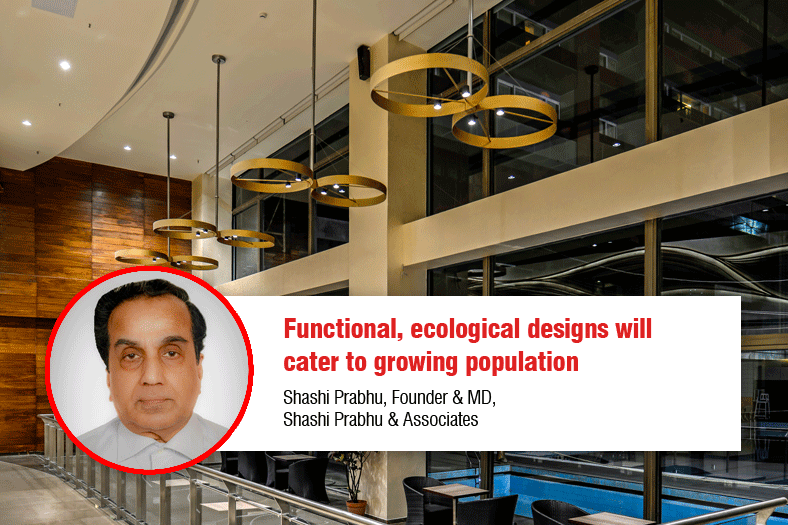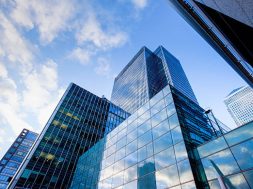Functional, ecological designs will cater to growing population

The need to seek quality of life while selecting a new home still remains for a potential home-buyer. There is likely to be positive increase in exchange of finance and migration locally as well as internationally in the wake of cities becoming smart. The smart city concept will generate employment and education in huge numbers, according to Shashi Prabhu, Founder & MD, Shashi Prabhu & Associates.
What are the major challenges faced while developing smart cities?
Main challenge is population of the city, followed by growth in terms of population number, and then the need to cater to that growth. Also, infrastructure development in order to sustain all requirements of existing as well as incremental growth. To overcome these challenges, detailed study is required in terms of complete infrastructure of the city; for example – water supply, drainage and sewage disposal, electricity and distribution, road network etc.
How smart cities are leveraging construction activities in Indian cities?
Smart city concept solves many fundamental problems which act as root for the city. And when cities will become smart, positive increase expected in exchange of finance and migration
locally as well as internationally. Employment and education is likely to witness upsurge with the smart city concept.
What is the suitable approach for urban accommodation in smart cities?
Approach should be multi-directional like proper commuting system, roads, water supply, proper electric supply, educational facilities, medical facilities etc. There should be definite planning considering the city has to grow and infrastructure has to also adequately grown to sustain the growth.
Growth and success is an incremental and benchmark-based parameter. Additionally, every potential home buyer must consider buying a home which reduces their commute time for work, education and social activities. Every minute saved in this commute will add value to their quality of lift and thus, livability.
The need to seek quality of life while selecting a new home hasn’t changed for a potential home-buyer. What has changed is the defining parameter. Twenty some years ago, the parameters of good living in Mumbai were living in a high-rise building, having a balcony with a good view, an intercom system, having multiple elevators and probably a garden. Homes providing these factors were considered livable at that time. Today, such parameters would be considered substandard. Developers, in their aspiration to make their homes more attractive to the buyers, started providing “amenities”. These included club houses, gymnasiums, swimming pools, RO water, video phones and some even providing private elevators and parking’s into their apartments.
What are the existing and emerging trends in designing smart cities?
Modern interior colours and design trends in 2018 reflect cultural impulse of people to support each other and protect the earth, finding harmony in life in their communities instead of spending money. Reasonably frugal, practical, eco-friendly and comfortable are the design trends for creating functional, pleasant and modern interiors.
With the introduction of smart cities, sustainable designs will get more importance and use of local materials will gain popularity.
Moreover, eco-friendly, sustainable, automated and modular and user-friendly technologies, products and solutions will aid building of world-class smart cities in India.
With the introduction of smart cities, sustainable designs will get more importance and use of local materials will gain popularity.
Shashi Prabhu, Founder & MD, Shashi Prabhu & Associates
16
Cookie Consent
We use cookies to personalize your experience. By continuing to visit this website you agree to our Terms & Conditions, Privacy Policy and Cookie Policy.






